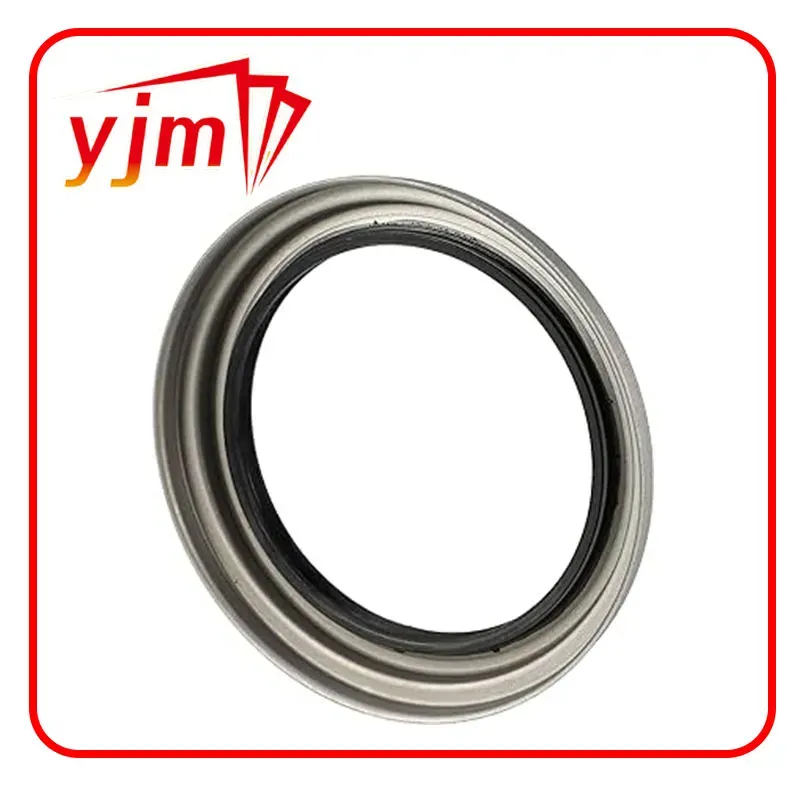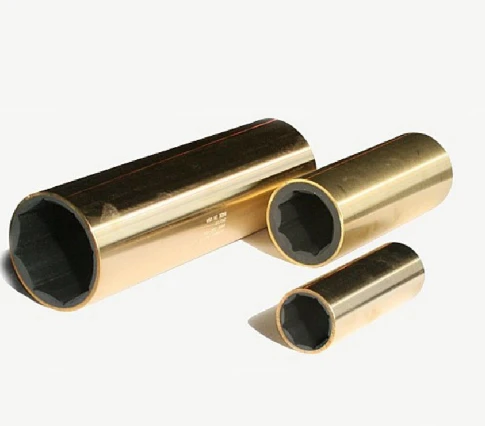chemical resistant o rings


Choosing the right O-ring is a nuanced process requiring detailed consideration of environmental factors, including temperature, pressure, and exposure to chemicals. Each O-ring type has its inherent strengths and weaknesses, dictating its suitability for specific tasks. This expertise not only aligns with technical requirements but also involves understanding the lifecycle costs associated with O-ring maintenance and replacements, factors that significantly affect operational efficiency and reliability. The integrity of any sealing application is also contingent on understanding the design characteristics of the O-ring. The durometer (hardness) of the O-ring material is a crucial factor. A perfectly fitting O-ring balances softness and durability to accommodate process parameters while maintaining a reliable seal. Therefore, selecting an O-ring with the appropriate durometer is vital to prevent compression set, a condition where the O-ring loses elasticity over time under pressure and heat. Next, consider the O-ring’s cross-sectional diameter and the inside diameter – these dimensions ensure a precise fit within grooves, preventing leakage or extrusion. Specific applications might require custom-designed O-rings, emphasizing the pivotal role of experts who tailor solutions to unique industrial needs. As industries continue to evolve, so does the technology surrounding O-ring development. Advances in material science are pushing the boundaries, creating novel elastomers with unprecedented performance capabilities, expanding the scope and potential uses of O-rings. Such innovations are driven by experience and technical knowledge from scientists and engineers dedicated to overcoming the limitations of traditional materials. In conclusion, O-rings, though modest in appearance, embody complex engineering solutions essential to countless applications. Mastery over their types and uses underscores the importance of expert guidance in selecting the right O-ring, ensuring efficiency, longevity, and safety in operations. An informed choice, grounded in understanding the interplay of materials and environmental demands, serves as the cornerstone for elevating the reliability and performance of industrial processes.
-
The Ultimate Guide to Boat Propeller Bearings and Trailer Wheel Bearings
News Jul.31,2025
-
The Essential Guide to Marine Bearings and Boat Trailer Wheel Bearings
News Jul.31,2025
-
The Complete Guide to Heavy Duty Seals: Protecting Doors and Spaces Efficiently
News Jul.31,2025
-
Essential Guide to Marine Shaft Bearings and Boat Trailer Axle Bearings
News Jul.31,2025
-
Comprehensive Guide to Marine and Trailer Bearings for Safe Boating and Transport
News Jul.31,2025
-
Comprehensive Guide to Automotive Oil Seals: Protecting Your Engine and Shafts
News Jul.31,2025
-
Understanding Automotive Oil Seals: Essential Components for Engine and Shaft Protection
News Jul.30,2025
Products categories















